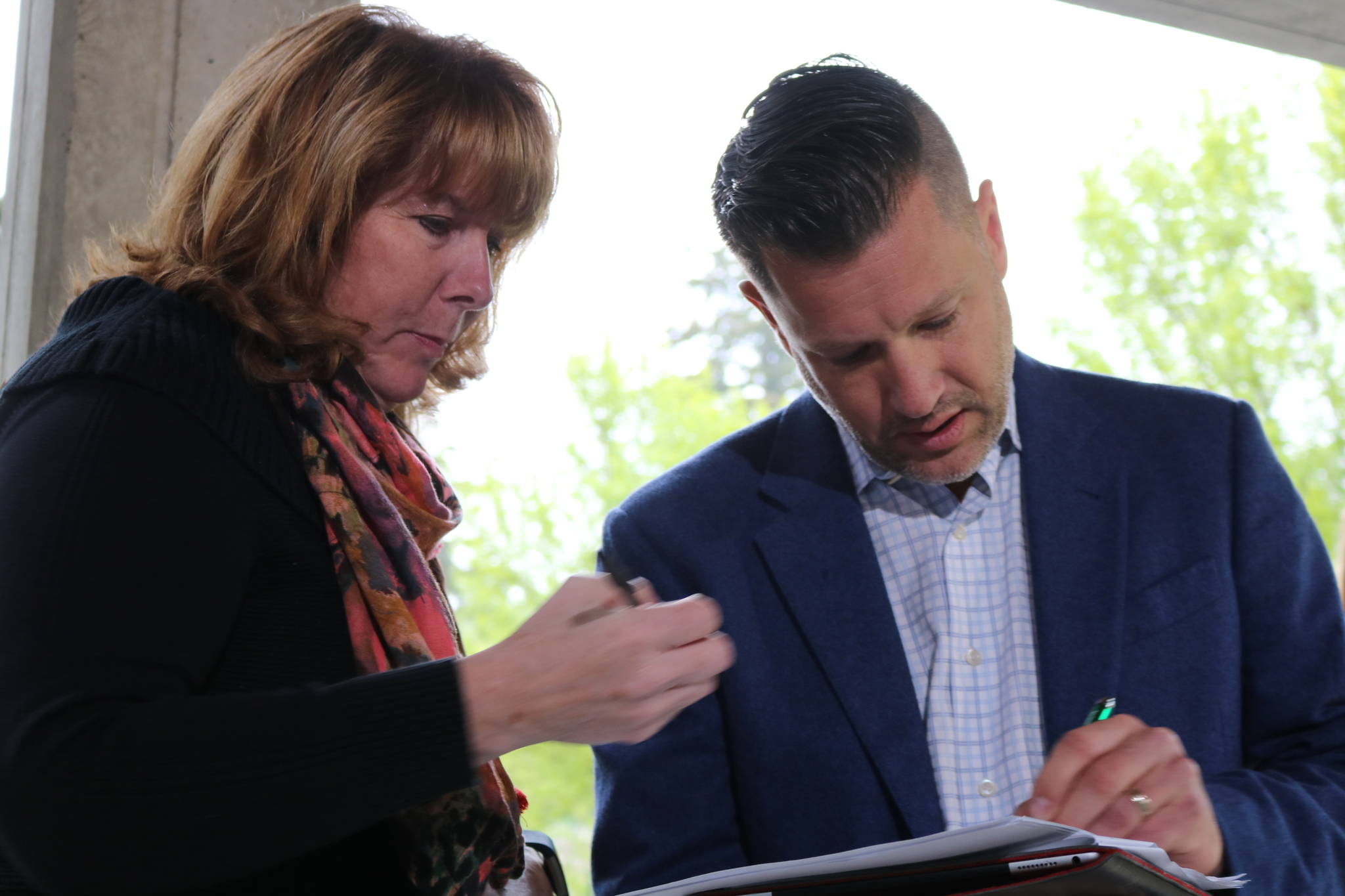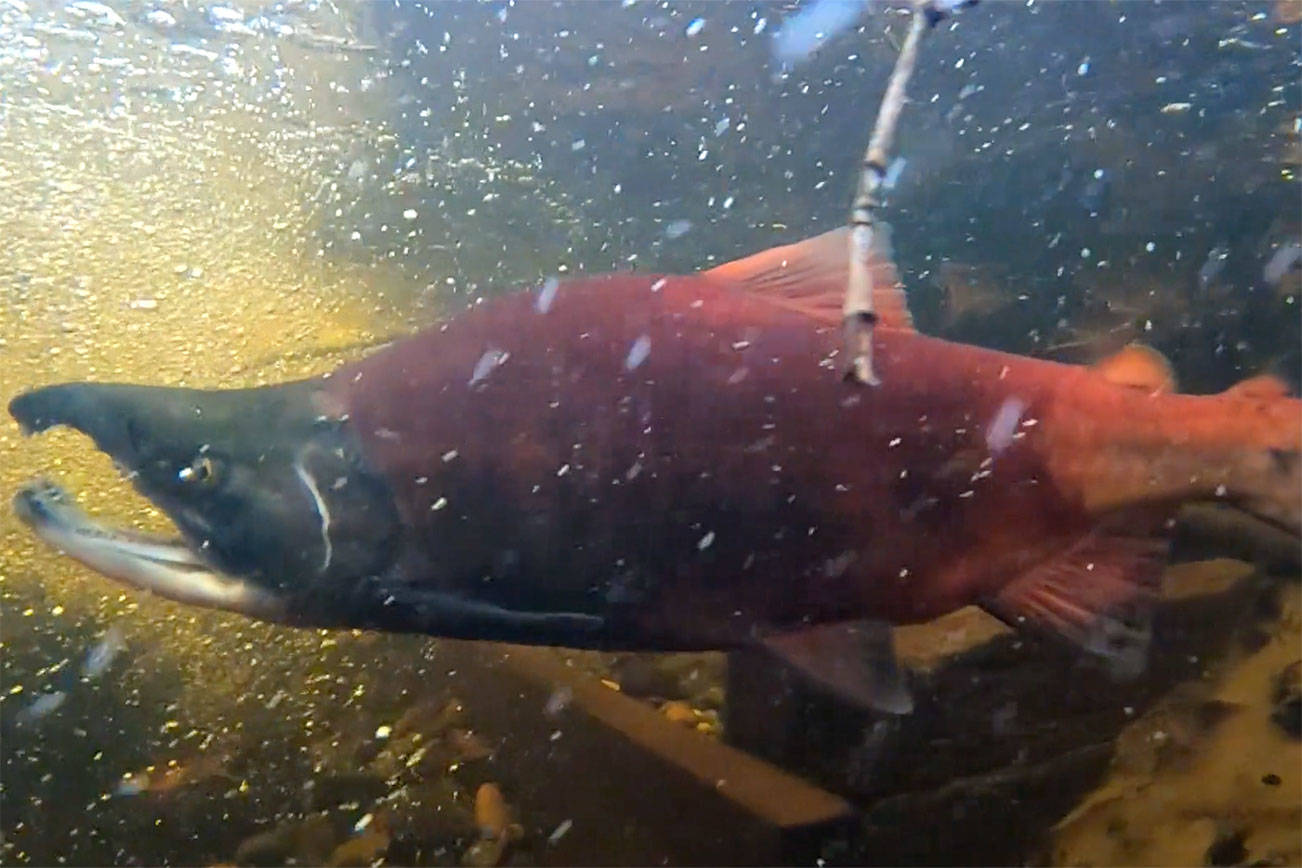Signature gathering has begun for a proposed King County ordinance that would prohibit municipalities from offering county-approved safe consumption sites, which provide drug users with a place to consume without fear of arrest and under the eye of medical professionals.
Citizens for a Safe King County is the group behind Initiative 27, which would create the ordinance banning such sites. The group includes state legislators and local politicians.
In March 2016, county Executive Dow Constantine and Seattle Mayor Ed Murray commissioned a task force to make recommendations on how to combat the heroin epidemic that has been affecting communities nationwide, including Seattle and surrounding cities. The task force was comprised of 40 experts in various fields, ranging from law enforcement to mental health and addiction experts.
The task force made eight recommendations that were approved by the county Board of Health in January. These recommendations included opening two safe-consumption sites. One would be in Seattle and the other would be elsewhere.
The site locations have not been chosen, but Chad Lewis, deputy director of communications for Dow Constantine, said the county was hoping to have at least one site operational by the end of the year.
“There’s no deadline for it, but that’s what the co-task force chairs said,” Lewis said. “Right now you have people dying in the alleyways and streets and homes—living rooms—so it’s an increasingly fatal epidemic, so that’s the most urgent need, stopping the sharp increase in fatal overdoses.”
Heroin overdoses in the county have jumped from 49 in 2009 to 132 in 2015.
Advocates say the sites would allow users to consume the drugs in a safe environment with clean needles, which reduces the risk of contracting diseases like HIV, as well as letting staff respond to medical emergencies.
Importantly, advocates say, it would allow users easier access to treatment and support to help them get clean. If the sites are approved, they would be the first in the nation. Vancouver, British Columbia has operated a safe-consumption site for decades.
Other community groups feel the sites would be detrimental to both cities and the county, but also to people addicted to drugs.
The group behind the proposed Initiative 27, which would bar municipalities from funding or operating such sites, announced they were collecting signatures at a campaign kickoff at Perrigo Park in Redmond last Thursday.
Among those in attendance were chair and Bothell City Councilmember Joshua Freed, state legislators Sen. Mark Miloscia of Federal Way and Rep. Morgan Irwin, who is also a Seattle police officer.
“I don’t think ultimately that’s the right solution,” said Freed, who got involved after hearing concerns from locals.
Instead, Freed said he hopes to find a solution where people struggling with addiction have an easier time accessing treatment services.
“Is that what we want? Open air drug markets everywhere,” Miloscia said.
The opioid epidemic that has been wreaking havoc across the country in recent years has been largely tied to the over-prescription of narcotic painkillers, such as oxycodone, according to national reports.
When users became addicted, many would turn to the cheaper and more readily available alternative found in heroin, according to Freed.
Irwin said it is difficult seeing the toll that drugs take on users in Seattle.
“It’s tragic to see this happen,” he said.
While Irwin supports Initiative 27, other law enforcement personnel who were on the county’s task force recommended the implementation of injection sites.
But Irwin also said he is concerned about auxiliary crimes, such as burglaries, property destruction and violence, which he said could follow the sites.
“I don’t think it’s going to do what people want it to do,” he said. “We’ll perpetuate a very dangerous drug culture.”
The opioid epidemic in Seattle, from what he has seen, has not slowed either. The county medical examiner’s office releases an annual report that includes figures on overdose deaths, but the 2016 report has not yet been published.
Other preventative measures, such as the county making some 1,500 doses of the overdose-reversing drug Naxalone available to first responders, were not controversial at the meeting on Thursday.
The county also set up more than 100 secure disposal sites for unused medications for residents around the county.
A pilot project that would offer rapid access to buprenorphine, a drug used to help ween users off heroin, was also started.
Citizens for a Safe King County, the group proposing Initiative 27, has until July 31 to gather enough signatures to place their initiative on the November ballot.
news@seattleweekly.com
A version of this story originally appeared in the Bothell-Kenmore Reporter.








